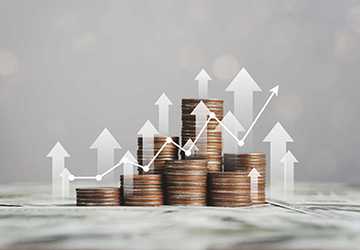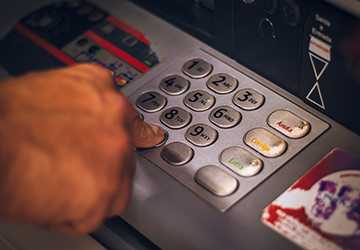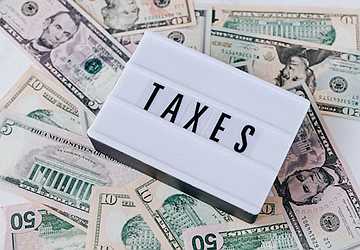Have you noticed that the interest rate on your savings account is shockingly low? You can earn 0.06% APY today. You won't be excited about these rates, won't have cash, and won't want to grow.
Well, you'll be happy to know that there is a way to significantly increase your income other than a savings account by opening a Certificate of Deposit (CD).
CDs are savings accounts that lock your money away for a specific period (usually three months to five years). You will be compensated at a higher interest rate in exchange for agreeing not to touch these funds. CD prices can rise to over 3% APR, depending on the term.
However, if you want to maximize your CD returns, you need the right strategy. Rates and rules may vary from bank to bank. So, in this article, we'll walk you through six pro tips to help you get the best possible returns from your CD account.
By following these tips, you can grow your savings faster and earn far more than you could with a regular old savings account.

6 Tips for Maximizing Returns on Your CD Account
When you invest in CDs, you want to maximize your interest return. Here are six tips to help you:
1. Shop around and find the best price
Interest rates vary widely between large national banks, smaller local banks, and credit unions. That's why your first step is to compare CD rates from multiple institutions in your area to get the best return.
Check rates at physical branches and leading online banks, which often offer discounted rates to attract customers—the extra shopping time paid off.
2. Consider long-term CDs
Banks will reward you for making funds available over a more extended period. The longer the term, the higher the interest rate you get.
Although one year is the standard, 3, 5, or even ten years should also be considered. The interest rate difference can be significant and is often two to three times higher than short-term rates.
Yes, your money is tied up for longer, but the returns increase.
3. Time interest rate cycle
Interest rates often fluctuate based on economic conditions. Short-term certificates of deposit make sense when interest rates are low, so you can reinvest at a higher return when interest rates eventually rise.
But when interest rates are higher, buying a 5-year CD and locking in a long-term guaranteed return is worth it.
4. Tiered tenors to balance liquidity and returns
Build a CD ladder by allocating cash and investing in multiple CDs with staggered maturities. As each CD ages, you can renew it at the current rate.
This provides liquidity so that not all funds are locked up and allows you to reinvest continuously at market rates.

5. Summarize frequency issues
Choose a CD that offers monthly or quarterly compounding rather than annual compounding. Increase your returns by reinvesting interest into CDs more frequently through compound growth.
6. Watch out for trap fees
While government-sponsored CDs have no fees, some brokerage CDs incur account fees or early withdrawal fees. Consider these factors in your benefit analysis—hidden fees can reduce a higher overall ratio. If possible, stick with the free CD option.
Diploma
The right CD strategy can help you increase your interest income and overall returns. You can grow your savings faster by following six tips for maximizing CD returns.
Do your research, shop for the most competitive price, and structure CD laddering and compounding to your advantage. Investing wisely in CDs can make your money work for you more efficiently.
Frequently Asked Questions
Q: Which time deposit terms offer the highest interest rates?
Answer. Generally speaking, the longer the CD term, the higher the interest rate. 5-year CDs almost universally generate higher returns than 1-year CDs. Banks can issue loans at higher interest rates by freezing funds for longer.
Q: How often do CD prices change?
Answer. CD interest rates fluctuate periodically due to changes in federal interest rates and market conditions. Typically, rates change every few weeks or months—research interest rates from multiple banks to get the best returns when investing.
Q: What are the current average CD rates?
Answer. National average CD rates change over time. As of December 2023, the average 1-year CD rate is about 1.5% APY, while the average 5-year CD rate is about 2.5% APY.




